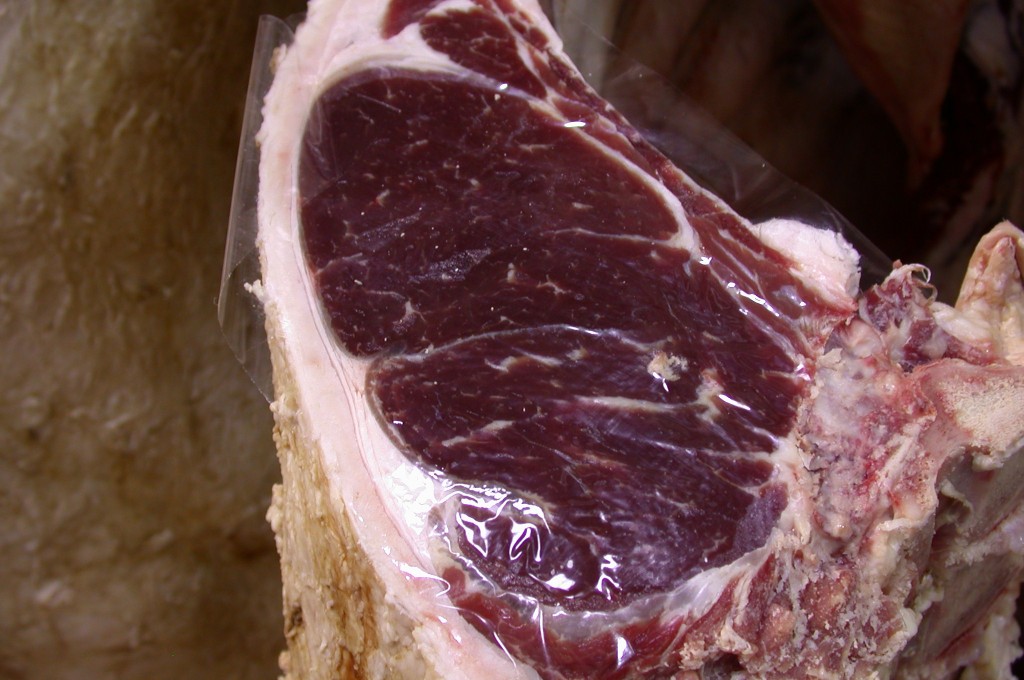With the arrival of October each year, at least in North America, the incidence rate for dark cutting beef begins to increase. Dark cutting beef is the result of long-term stress where cattle deplete glycogen stores in the muscle before slaughter resulting in less lactic acid being produced in the post-mortem muscle that would normally produce the bright cherry-red beef color in the lean. As the name implies, the lean is darker in color because it has a higher pH than normal beef. While there are many factors that can lead to long-term stress in cattle throughout the year, the arrival of the first major cold fronts where temperatures drop dramatically is a sure sign that the incidence rate will begin to rise at least for a time until the weather begins to become more consistent with fewer wide temperature swings.
The best evidence of this seasonality was reported by Boykin et al. (2017) in the National Beef Quality Audit – 2016. Instrument grading information was obtained from beef packers throughout the year to look at a variety of carcass characteristics, including the incidence of dark cutters. The chart below represents the findings of the month-to-month variation in dark cutting incidence.
While there is nothing that can be done about the weather, working to minimize other sources of long-term stress through proper handling, transport, and holding at the packing plant may be helpful during this time. Current international research is focusing on factors such as grass- versus grain-feeding, muscle fiber types, and other conditions that may increase the risk of the occurrence of dark cutting beef.
By the way, the reference to North America above is that in the Southern Hemisphere, the opposite occurs with more dark cutting occurring as fall arrives in March and April.
Source:
Boykin, C. A., L. C. Eastwood, M. K. Harris, D. S. Hale, C. R. Kerth, D. B. Griffin, A. N. Arnold, J. D. Hasty, K. E. Belk, D. R. Woerner, R. J. Delmore, Jr., J. N. Martin, D. L. VanOverbeke, G. G. Mafi, M. M. Pfeiffer, T. E. Lawrence, T. J. McEvers, T. B. Schmidt, R. J. Maddock, D. D. Johnson, C. C. Carr, J. M. Scheffler, T. D. Pringle, A. M. Stelzleni, J. Gottlieb, and J. W. Savell. 2017. National Beef Quality Audit-2016: Survey of carcass characteristics through instrument grading assessments. J. Anim. Sci. 95:3003-3011. doi:10.2527/jas2017.1544. [Journal of Animal Science link] [PubMed link]

